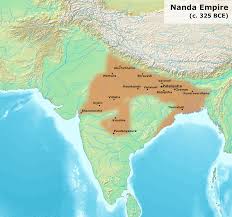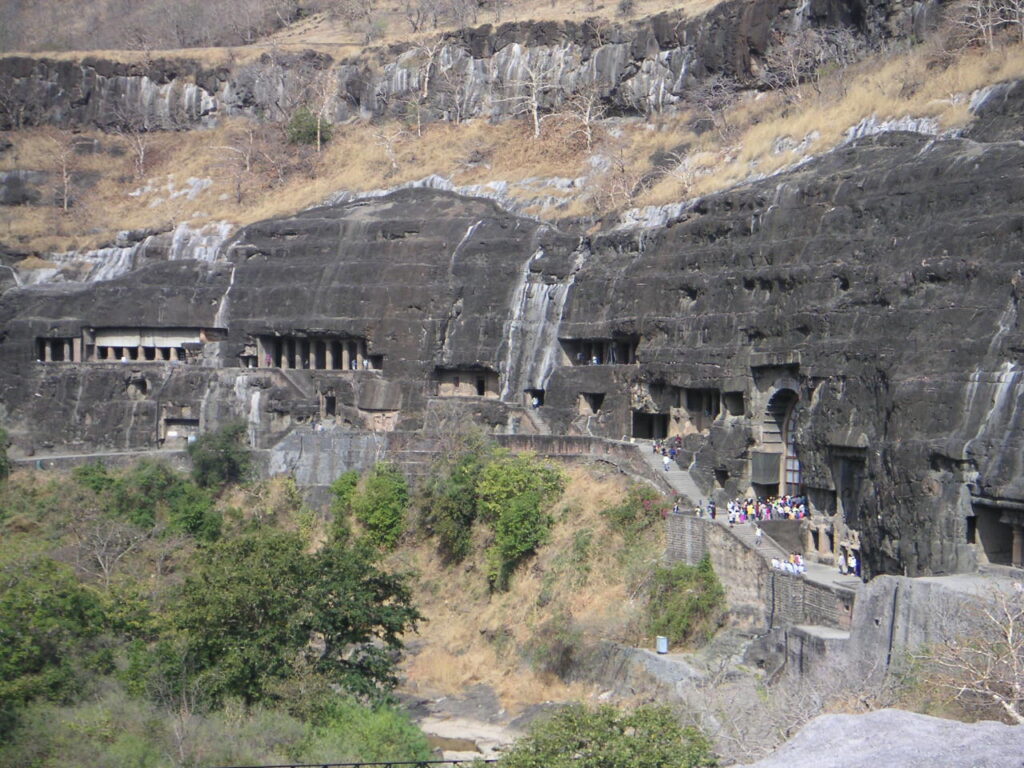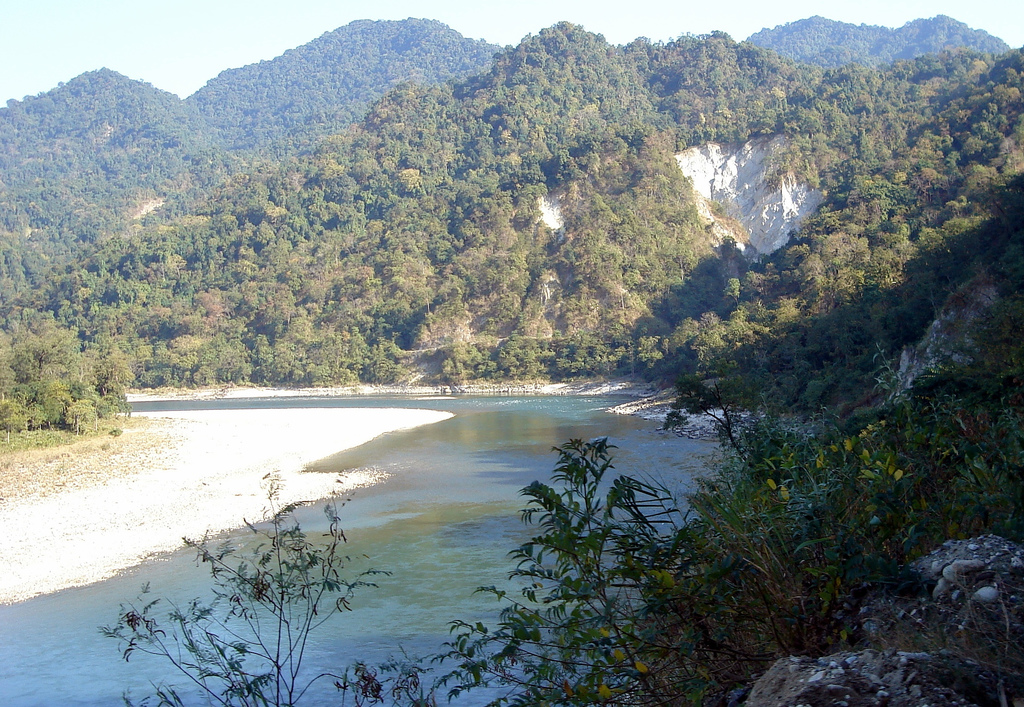Introduction:
In the annals of ancient Indian history, the Nanda Dynasty shines as a beacon of power and influence. Rising to prominence in the fertile plains of the Ganges basin, the Nandas left an indelible mark on the socio-political landscape of the Indian subcontinent. Join me on a journey through time as we unravel the mysteries of the Nanda Dynasty, from its humble origins to its eventual decline.
Origins and Early History:
The origins of the Nanda Dynasty can be traced back to the kingdom of Magadha, located in present-day Bihar, India. Historically, the Nandas rose to prominence around the 4th century BCE, emerging as rulers of Magadha amidst a backdrop of regional rivalries and power struggles. Initially, they were believed to be of humble origin, with the dynasty’s founder, Mahapadma Nanda, ascending to power through cunning and political maneuvering.
Rise to Power:
The ascent of Mahapadma Nanda marked the dawn of a new era for the Nanda Dynasty. Utilizing military prowess and astute diplomacy, Mahapadma Nanda consolidated power in the Ganges basin, extending Nanda influence far and wide. Under his reign, the Nandas established their capital at Pataliputra (modern-day Patna), laying the foundation for a burgeoning empire.
Military Conquests and Expansion:
The Nanda emperors were formidable military strategists, adept at expanding their dominion through conquest and annexation. Mahapadma Nanda’s successors, such as Dhana Nanda, continued his legacy of expansion, subjugating neighboring kingdoms and extending Nanda rule across vast swathes of North India. The Nanda Empire reached its zenith under the reign of Dhana Nanda, who ruled over a vast and prosperous realm.
Administration and Governance:
Central to the success of the Nanda Empire was its efficient administrative system, characterized by a centralized bureaucracy and a network of provincial governors. The Nanda kings wielded absolute authority, exercising control over key administrative functions such as taxation, law enforcement, and defense. Despite occasional instances of tyranny, the Nanda administration ensured stability and order throughout the empire.
Economic Prosperity:
The Nanda Dynasty presided over a period of economic prosperity and agricultural innovation. The fertile plains of the Ganges basin provided abundant resources for agriculture, leading to increased productivity and surplus food production. Trade flourished along well-established routes, connecting the Nanda Empire to distant regions and facilitating the exchange of goods and commodities.
Cultural Patronage:
The Nanda emperors were patrons of art, literature, and scholarship, fostering a vibrant cultural milieu within the empire. Pataliputra emerged as a center of learning and intellectual exchange, attracting scholars, philosophers, and poets from far and wide. The Nanda Dynasty’s patronage of the arts contributed to the flourishing of literature, architecture, and the performing arts, leaving a lasting legacy of cultural richness and diversity.
Decline and Legacy:
Despite its military prowess and economic prosperity, the Nanda Dynasty eventually succumbed to internal strife and external invasions. The reign of Dhana Nanda was marked by growing discontent among the populace and challenges from rival powers such as the Mauryas. The decline of the Nanda Empire paved the way for the rise of the Maurya Dynasty, which would go on to dominate the Indian subcontinent for centuries to come.
Conclusion:
In conclusion, the Nanda Dynasty stands as a testament to the power, influence, and cultural richness of ancient India. From its humble beginnings to its eventual decline, the Nandas left an indelible mark on the pages of history, shaping the destiny of the Indian subcontinent. As we reflect on the legacy of the Nanda Dynasty, let us marvel at the enduring splendor of their achievements and draw inspiration from their timeless legacy of greatness.






